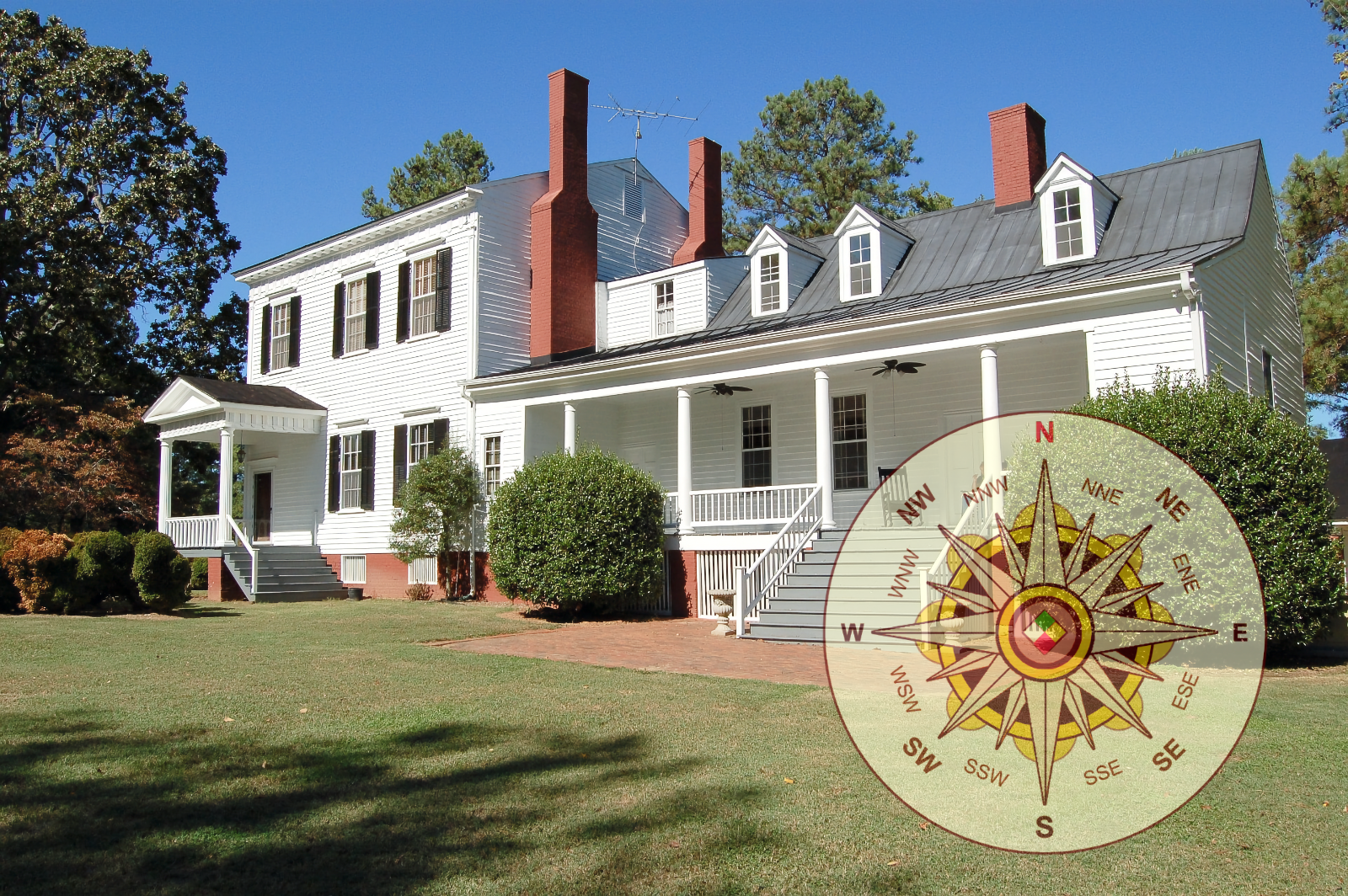In the diverse landscape of Silicon Valley’s real estate market, Vastu Shastra, an ancient Indian science of architecture and harmony, is gaining prominence. As the Valley continues to attract a global workforce, including a significant number from India, understanding and integrating Vastu principles can be a valuable asset for homeowners and real estate professionals. Vastu Shastra and its influence on Silicon Valley real estate should not be dismissed, and this article explores important aspects of this philosophy.
Understanding Vastu Shastra
Vastu Shastra, dating back thousands of years, is akin to the Chinese Feng Shui. It focuses on enhancing positive energy in a living space based on the layout, design, and spatial geometry. Vastu principles involve directions, five elements of nature (earth, water, air, fire, and space), and the placement of different rooms and objects.
The Rising Demand in Silicon Valley
Silicon Valley, a global tech hub, has witnessed a substantial influx of professionals from India, many of whom value Vastu Shastra principles. This demographic shift impacts housing preferences, with a growing demand for Vastu-compliant homes. Real estate agents report an increasing number of queries about Vastu-friendly properties, and developers are beginning to incorporate these principles into new constructions.
Vastu Principles in Home Design
Directional Alignment: The direction of the house is crucial in Vastu. Ideally, the entrance should face north, east, or northeast. These directions are believed to bring prosperity and positive energy.
Layout of Rooms: The placement of rooms is guided by the elements. For instance, the kitchen, representing fire, should ideally be in the southeast. The master bedroom is preferred in the southwest, and the living room in the northeast or north.
Central Space (Brahmasthan): Vastu emphasizes an open central space in the house to ensure free flow of energy. Clutter or heavy objects in the center of the house are considered inauspicious.
Windows and Doors: The number and placement of windows and doors can influence energy flow. Doors should not be aligned in a straight line, and windows should be large and open to the north or east to bring in light.
Making Properties Vastu-Compliant
Homeowners looking to attract buyers interested in Vastu can make several modifications:
Entrance: If the main door doesn’t face a Vastu-preferred direction, consider using colors, symbols, or plants to negate the negative impact.
Interior Layout Adjustments: Use furniture arrangement to mimic Vastu layout. For instance, placing the bed in the southwest corner of the bedroom or positioning the dining area in the southeast.
Color Scheme: Colors play a vital role in Vastu. Each direction has its color – for example, yellow for northeast. Harmonizing the color scheme with Vastu directions can enhance appeal.
Light and Ventilation: Maximizing natural light and air flow aligns with Vastu and can be achieved through strategic window placements and minimal obstruction to ventilation.
Water Element Placement: Positioning water elements like fountains or aquariums in the northeast is considered auspicious.
Landscaping and Gardening: Plants and trees are integral to Vastu. A well-maintained garden in the east or north brings positivity, while heavy objects or tall trees should be in the west or south.
Impact on the Market
Vastu-compliant properties often attract a premium in Silicon Valley. As awareness grows, even non-Indian buyers are showing interest in these principles for the peace and harmony they purportedly bring. This trend provides a niche market opportunity for homeowners and realtors.
Challenges and Misconceptions
Integrating Vastu in modern architecture can be challenging, especially in urban settings where directional alignment might not be feasible. Moreover, there are misconceptions about Vastu being superstitious or impractical. Education and awareness can help in overcoming these barriers.
Conclusion
Vastu Shastra’s influence in Silicon Valley’s real estate market is a reflection of its evolving demographic and global cultural integration. For homeowners and real estate professionals, understanding Vastu principles can be a significant value-add, catering to a niche but growing market segment. While it may not be possible to fully remodel a property according to Vastu, small adjustments and an understanding of its principles can make a property more appealing to a diverse range of buyers. As Silicon Valley continues to attract a global workforce, embracing cultural diversity in real estate practices will be key to success.



